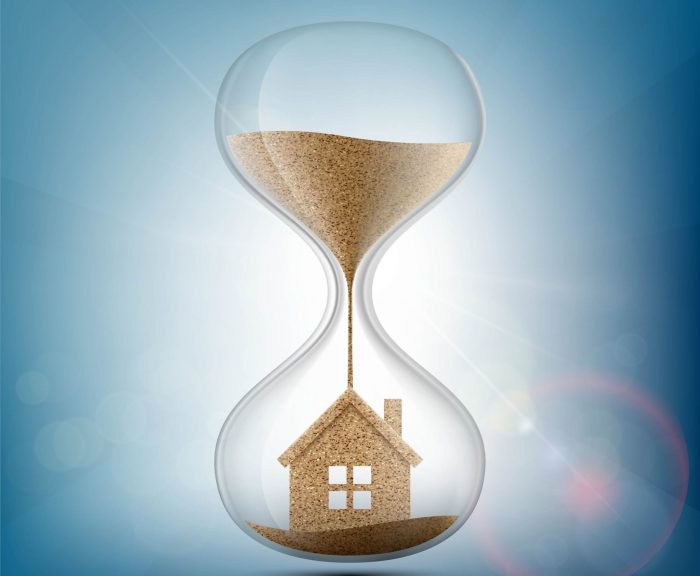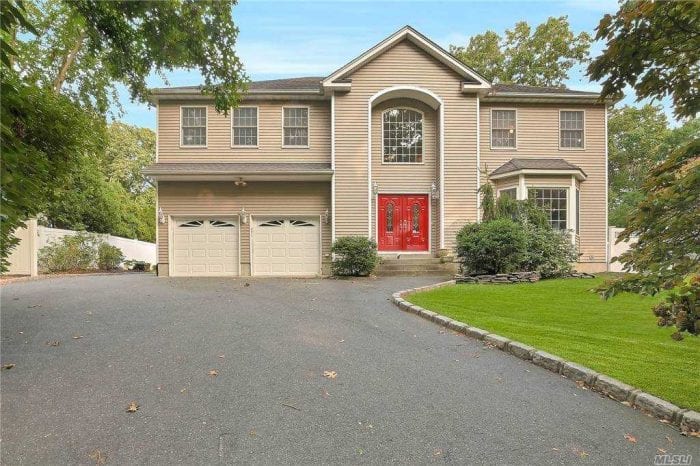By Samantha Rutt
A significant shift is coming to Long Island’s real estate market, with the National Association of Realtors agreeing to a settlement that could alter how buyers and sellers pay their agents.
In mid-March, the NAR reached a settlement agreement with home sellers who argued that NAR policies unfairly inflated commission rates. While the details are still being finalized, the agreement is set to impact the real estate market, both for buyers and sellers.
For years, the NAR faced lawsuits alleging their rules for Multiple Listing Services — the system where homes are advertised — restricted competition and kept commission rates artificially high, allegedly violating U.S. antitrust laws and regulations.
The settlement, valued at $418 million over four years pending court approval, doesn’t admit wrongdoing by the NAR but allows sellers more freedom in how they offer compensation to buyers agents. Previously, commissions were often set through a system of predetermined splits between listing and buyers agents.
“There’s been a lot of misinformation about the settlement with the National Association of Realtors,” Darryl Davis, a real-estate coach based in Rocky Point said. “There has been no removal of any percent of a commission. To summarize, real estate companies have not been impacted at all because commission amounts, or the percentage, was not part of the lawsuit or the settlement.”
Local realtors are still analyzing the full scope of the settlement. However, early indications suggest a shift toward a more negotiable commission structure.
“Part of the settlement was that there would no longer be an offer of compensation on the multiple listing agreement for the agent that brings the buyer to the property,” John Fitzgerald of Realty Connect USA said. “So now for that agent to get paid, they’re going to have to have a contract with the buyer for compensation and that is changing our industry.”
What this means for buyers and sellers
“It really affects the seller,” said East Setauket-based Michael Ardolino, also of Realty Connect USA. The settlement “affects the sellers and the buyers more than anybody.”
For home buyers, this could translate to potential savings. Traditionally, buyers agents received a set commission, often around 3% of the sale price. Now, sellers may offer a lower commission to incentivize buyers agents to show the property.
However, some industry experts warn this might not be a guaranteed benefit for buyers, especially for those applying for loans from the Federal Housing Administration or Veteran Affairs.
“The problem is, if the buyer is going to pay the compensation to the agent, you’re not incorporating it into the property — as far as getting it from the proceeds of the sale — [and that] then is going to have an effect on FHA buyers and VA buyers and that’s extreme,” Fitzgerald said.
“If it’s a first-time homebuyer and they have an FHA, you buy a house with 3.5% down and you can mortgage up to 6% of your closing costs. Now you have to add a brokerage fee on top of that — that might put that buyer out of the market. Same thing for the VA. That might be a little bit difficult for primarily first-time buyers,” Fitzgerald explained.
For sellers, the impact is a bit more complex. Increased negotiation over commissions could add time to the selling process. On the other hand, some sellers may be able to attract more interest by offering a lower commission to the buyer’s agent.
The road ahead
The Long Island real estate market is known for its competitiveness and this settlement is likely to add another layer to the negotiation process. Ultimately, how this settlement plays out for the Island’s buyers and sellers remains to be seen. However, one thing is certain: The way real estate commissions are negotiated on Long Island is about to change.
The NAR settlement is expected to take effect in mid-July.








